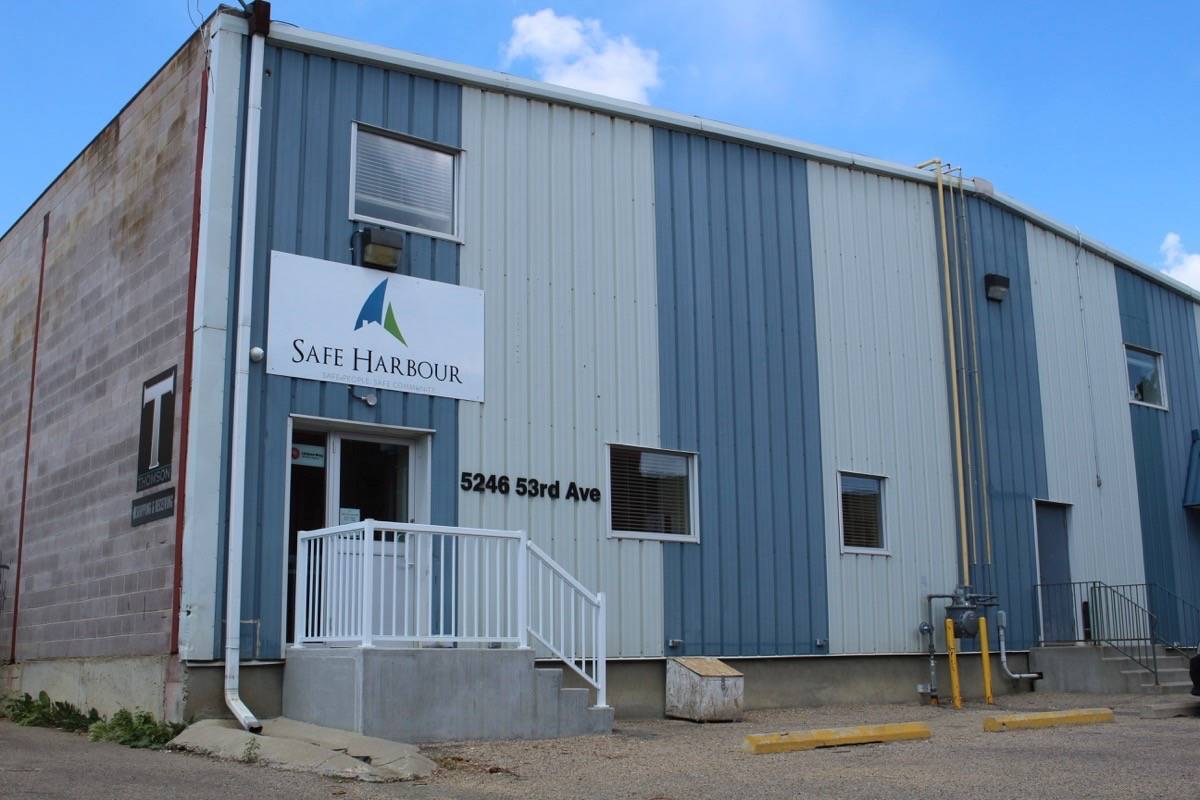Despite freezing temperatures over the few days, Safe Harbour is happy to announce that their numbers are low in their warming shelter.
“We’re very happy to report that we’ve got room for anybody. We haven’t had to turn anybody away,” said Kath Hoffman, executive director of Safe Harbour Society.
She added that the low numbers are actually normal at this time of year, and that they usually go down.
Often, this is due to compassion.
“We typically see numbers go down when it’s that cold because people’s hearts open up a little bit more,” she said.
This is also the case around the holidays.
“Those families sometimes will be ready to welcome those guys back because they want them home at Christmas, so there’s lots of space and we’re very grateful for it, because then we just know that whoever shows up can get in.”
Hoffman said it makes you think about what you’re doing in these temperatures.
“We’re running from our house to our car and from our car into our home. We’re turning up the heat and we’re having a hot bath and we’ve got everything we need to get warm right away, and if we don’t have that, where are those spots?”
Just like any other time of the year, Hoffman said compassion is important.
“When it’s this cold, sometimes it can be life saving.”
The Warming Centre had around 60 people come in on the cold days (Dec. 26th and 27th).
Hoffman said at this time of year, gloves are always needed.
“We go through them so fast. We have lots of everything else. The community of Red Deer was very generous in the donating of coats, mitts, scarves and everything else that we needed.”
Coming up in the New Year Safe Harbour hopes to hear from the province on the capital funding they have for shelters in January.
At that point if we’re successful in our letter of intent that we gave them, we’re going to be able to build a new facility to take care of all these band-aid shelters that we have operating,” said Hoffman.
“We need to be able to do that smarter and better so that we can have one spot that’s got 24-hour shelter in it. People don’t have to come and go all the time.”



